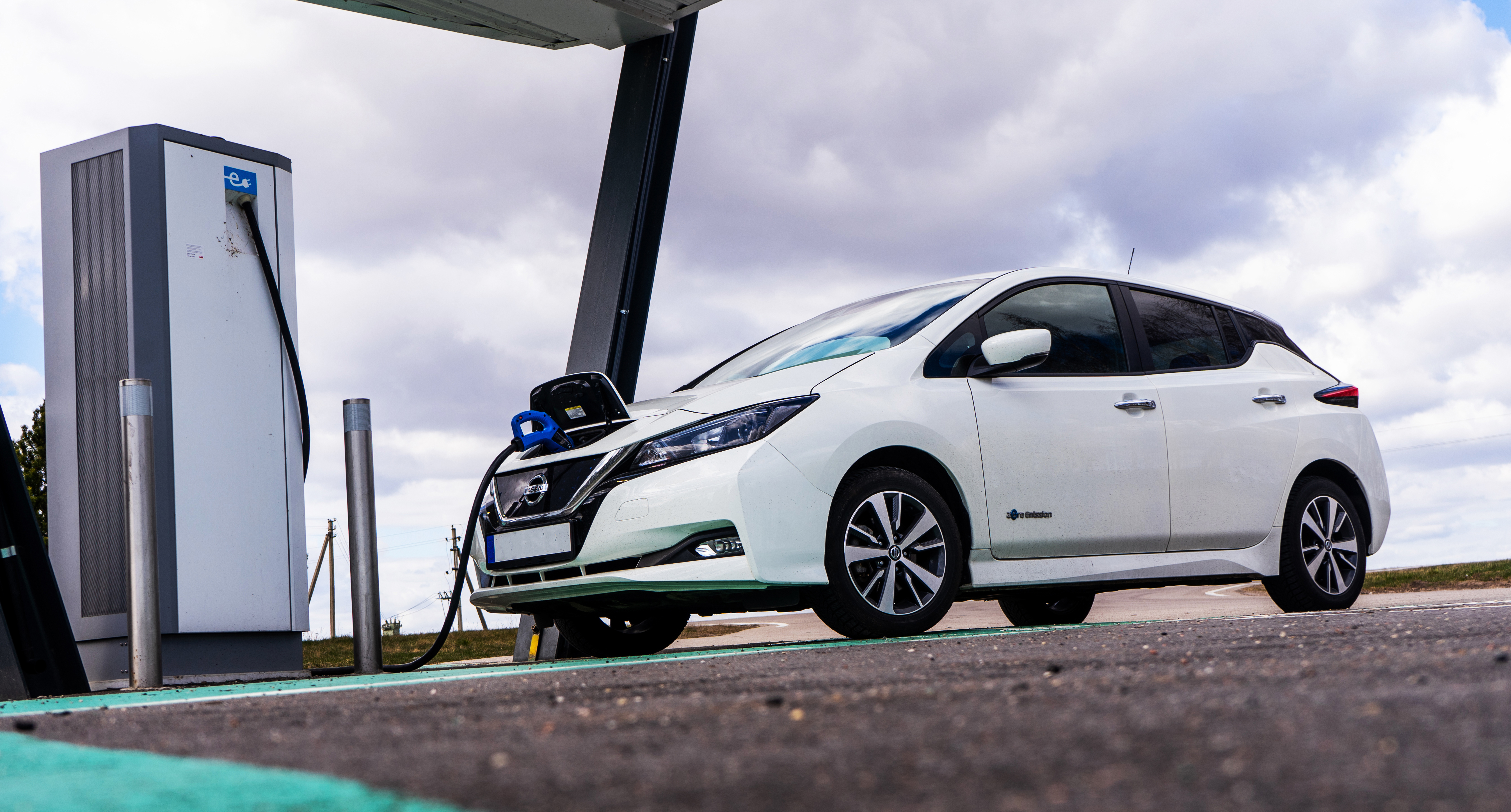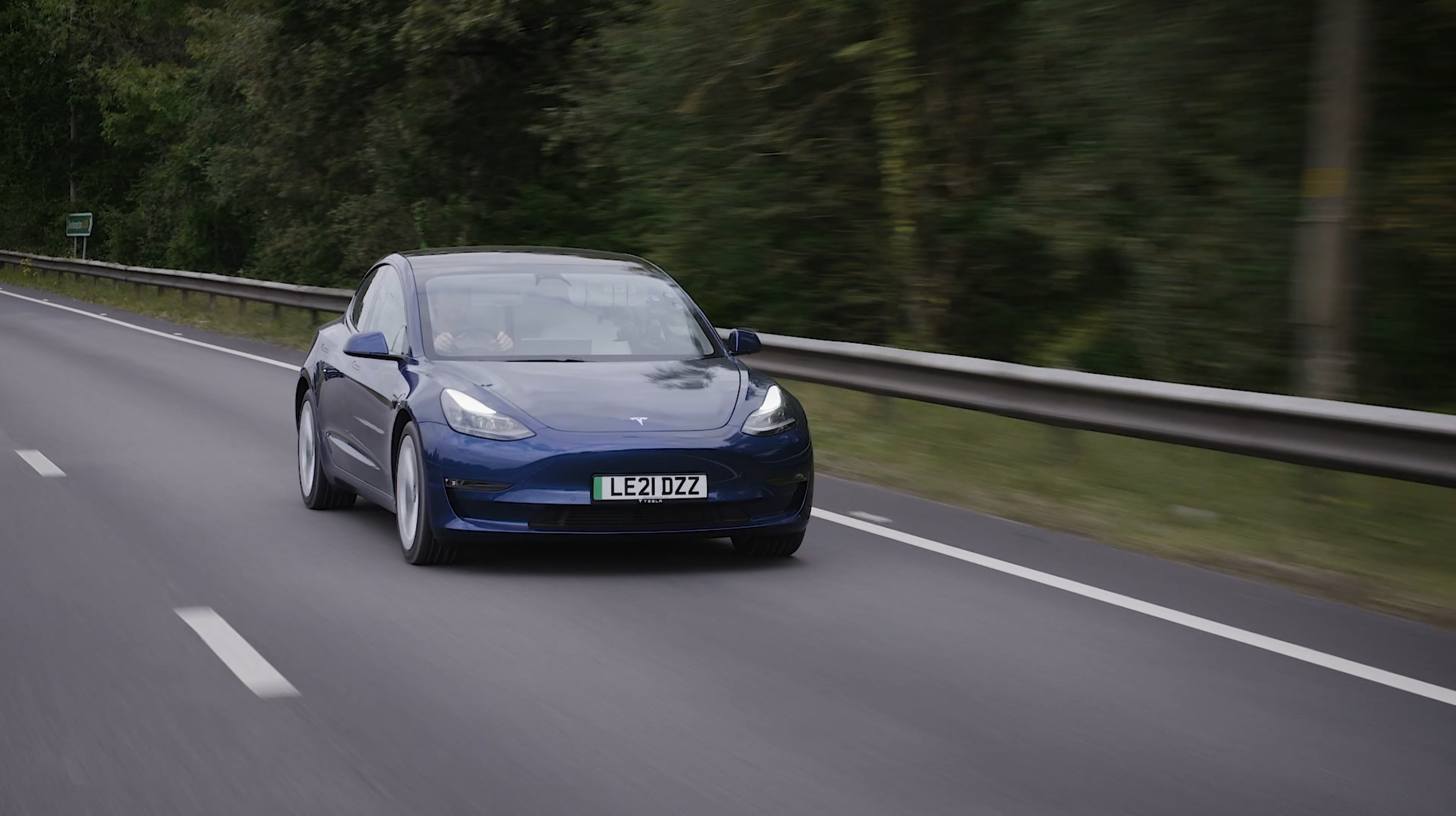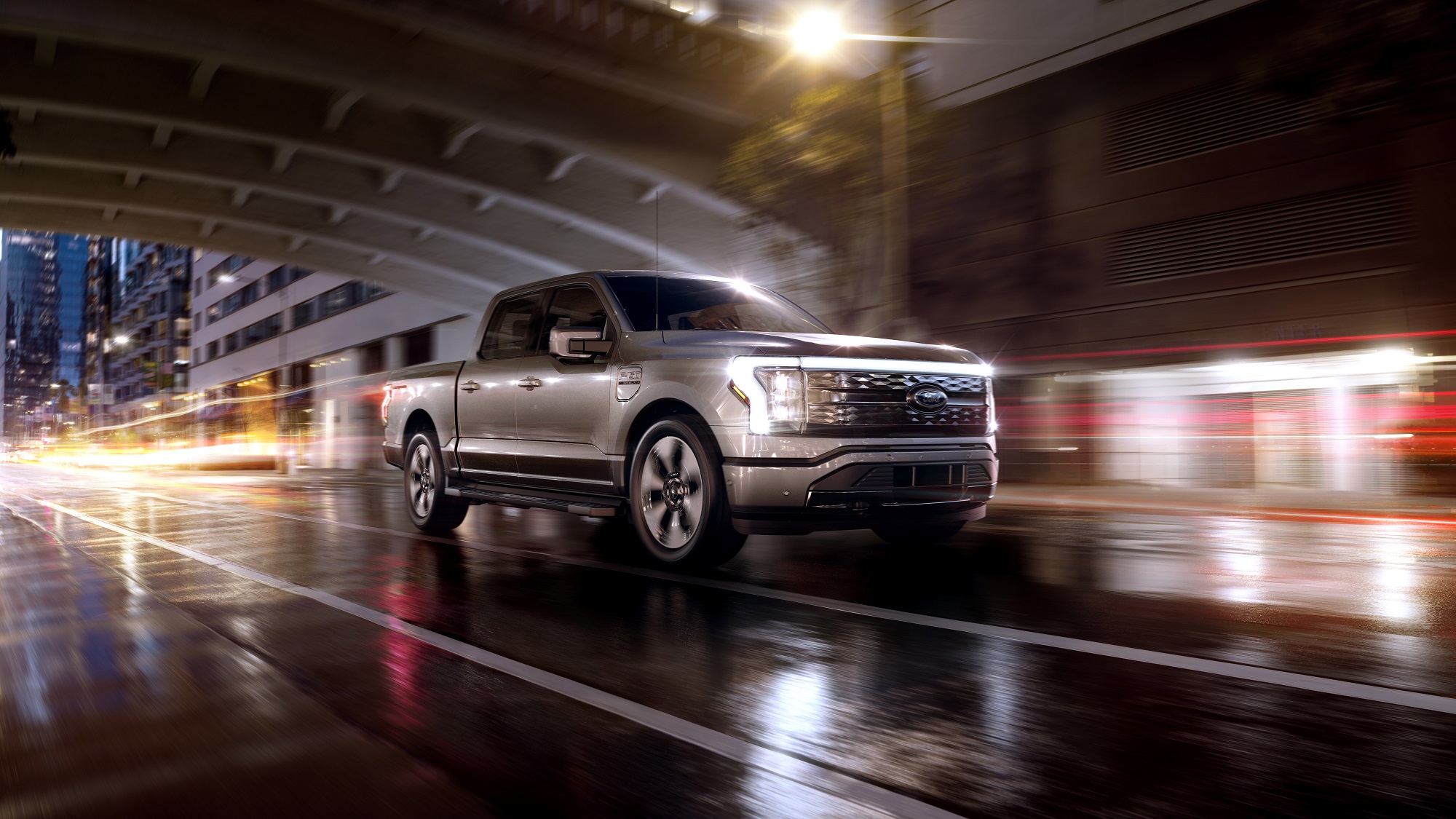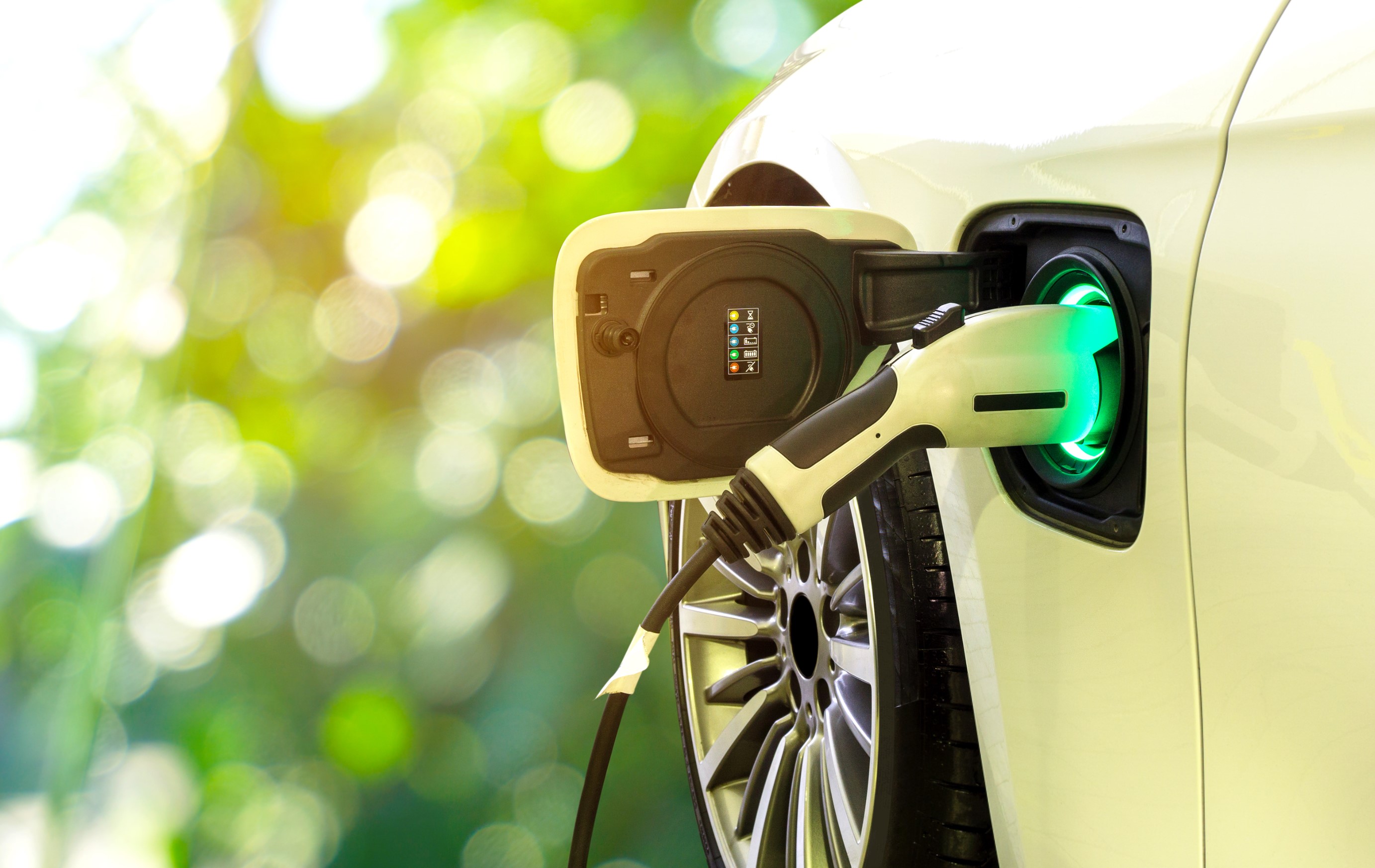I just spent my first year with an electric car — here’s the pros and cons
EVs aren't quite like gas-powered cars, and here's my first hand take

Earlier this year, after finding myself in need of a new car, I decided to make a change. I was going to take the plunge and buy an electric car. No longer would I be subject to the machinations of the oil industry and the ever-fluctuating price of gasoline.
I’ve spent almost an entire year driving my 40kWh Nissan Leaf around, and I’ve noticed a lot of changes first hand — both good and bad. Personally, I have absolutely no regrets about my decision to switch, and I have no intention of going back to gas. That’s not to say there aren’t things I’d rather were different, and it’s important anyone thinking about going electric makes an informed decision.
So here are the pros and cons of switching to an electric car:
Switching to an electric car: Pros

Electricity is cheaper than gas
Gas can be pretty expensive, and like most fossil fuels it’s only going to get worse. How much you pay is totally dependent on where you live, but no matter what a gallon of gas costs, electricity is still the cheaper option.
In fact, the U.S. Department of Energy has even developed a unit called an ‘eGallon’ that lets you better compare the price of a kWh of electricity with a gallon of liquid gasoline. A tool on the DoE’s website also compares the average cost of gasoline to equivalent amounts of electricity, revealing that electricity is significantly cheaper in all 50 states.

To top it off, multiple studies have confirmed that EVs end up costing less than an equivalent gas car over their lifetime. This applies to both cheaper refuelling and lower maintenance costs.
Get instant access to breaking news, the hottest reviews, great deals and helpful tips.
EVs don’t need as much maintenance
Compared to the complexities of the internal combustion engine and all its moving parts, EV motors are relatively simple things. And that simplicity reflects in the fact you don’t need to do nearly as much maintenance on an electric car.
Gas cars need all sorts of work, including oil changes, replacing various filters, new spark plugs, topping off coolant and transmission fluid, performing emissions checks and so on. EVs have none of that, though they do need regular servicing (every 18,000 miles or 12 months for my car) to ensure all the big parts like suspension and brakes are in working order.
Speaking of which, regenerative braking can also reduce your dependence on brake pads to some degree, since the mechanism can recapture some of the energy that would otherwise be wasted as heat during the braking process. In turn, that reduces wear on the brake pads, meaning they don’t need to be changed nearly as often. More so if you have a one-pedal driving system like that found in a Tesla or Nissan Leaf.
In fact, during my year with my EV, the most taxing maintenance I’ve had to deal with is refilling the wiper fluid and swapping a punctured tire.
EV motors are always ready to go
There are a lot of differences between an engine and an electric motor. One of the key things to consider is time. No matter what you do, or how powerful your car’s engine might be, it always needs more time than a motor would.

There’s always a delay between you putting your foot down and a gas-powered engine moving. That’s because the engine needs to start burning more fuel, and no matter how quickly it can start that process, it still takes a bit of time to kick off. EVs are all about the transfer of electricity, which is instantaneous by comparison, and means the car will go as soon as your foot hits the floor.
Sure, it’s a fairly small positive in the grand scheme of things. But it’s one of those perks that’s very easy to appreciate as soon as you start driving. At the very least it gives you an advantage over other drivers if you’re waiting at a stop sign or traffic light.
High-tech features
Even before automakers started taking electrification seriously, electric cars were often bundled with some of the newest and best hi-tech features. While gas-powered cars weren’t excluded, EVs have always come packing the best new in-car features — including autonomous driving systems.

Plus, as automakers phase out gas-guzzlers in favor of electricity, we’re going to reach a point where the best and most exciting new features are exclusive to EVs. So if you want to experience the car of the future, you’re going to need to buy an EV.
Less noise and no pollution
EVs aren’t silent, though compared to the noise of internal combustion, they might as well be. There’s no controlled explosion keeping the car running, no noisy ignition, and no engine revving that might annoy passers-by. In fact, the only noise an EV will produce is the motor spinning and the noise produced by tires on the road.
It’s even got to the point where the EU stepped in and forced automakers to add noise-emitting devices to electric and hybrid cars, to be activated when driving under 12mph or reversing. The idea is that silent-running cars are a danger to others, particularly blind or partially sighted people.
Plus, since there’s no fuel being burned, electric cars don’t produce any emissions. Which means cleaner air for everyone — especially if you’re able to recharge with renewable power.
Switching to an electric car: Cons
Prohibitive cost of entry
The biggest problem with electric cars is that they are very expensive relative to gas-powered equivalents. To the point where I bought a two year-old used Nissan Leaf for more than it would cost to buy a brand new Nissan Micra — a gas-powered car with an identical design.

And that’s not just a problem at Nissan, because EV prices are more expensive across the board. The Ford F-150 starts at $29,290, while the F-150 Lightning starts at around $40,000, and the cheapest Mini in the US starts at $22,900 compared to the Mini Electric’s $29,900 starting price.
While the consensus is that EVs have lower running costs and end up being cheaper over time, especially where power is concerned, that doesn’t change the fact a larger initial price tag will put people off. Even if you take financial incentives into consideration.
Cheaper EVs have worse range
These days it’s not too difficult to get an EV with a long range. You can easily find a car with over 250 miles of range, and some high-end models even come with over 400 miles on a single charge.
EV batteries are what make their relative prices so high. Bigger batteries may have the most range, but they also have the highest price tags. There’s no better example of that in action than with the Nissan Leaf and the Mini Electric, the two cheapest EVs in the United States.

Those cars only come with a respective 149 miles and 114 miles of range, which isn’t great. The Leaf’s 62kWh battery configuration can up that figure to 226 miles, but costs an additional $5,000. Meanwhile the Lucid Air Dream, which offers 520 miles of range, starts at $169,000.
There’s some middle ground there where you can balance price and maximum range. But the fact is that cheaper EVs and long distance driving aren’t a great mix. Not unless you’re willing to make regular stops at rapid chargers.
Range estimates are only a best-case figure
The most important thing to remember about EV range is that the figure advertised is usually what you could expect to get in optimum conditions. How much driving range you get is all dependent on how you’re driving. Much like how your mileage will vary if your car runs on gas or diesel.
Driving at high speed is the real battery killer, and the faster you go the more power you’re going to use up in a short period of time. So, when you’re driving long distances, you need to deliberately limit your speed. 60 MPH is often cited as the most you should be doing to balance speed and power consumption. While that can increase your journey time, it could be the difference between having to charge and making it to your destination with power to spare.
Likewise things like heating and A/C, as well as the actual weight of all the people and belongings in your car, all increase your power consumption — and reduce your overall range.
You need a convenient place to recharge
The majority of EVs are charged at home, because most trips you’ll make aren’t enough to completely drain the battery. However, not all homes are suitable for installing EV chargers, whether it’s because you live in an apartment building, have to park on the street or there’s just nowhere to safely park for several hours with a charging cable plugged in.

Gas stations are everywhere, and you can fill up a tank in a few short minutes. EVs don’t have that luxury, and it means you need to know where it’s going to be recharged — especially if you do a lot of driving. For many it may be as simple as installing a home EV charger, or plugging straight into a wall socket. But if that’s not possible, you need to figure something out before you commit to buying.
Recharging takes time
As much as EV charging infrastructure has improved, it’s still kind of a drag, particularly when compared to filling up a tank of gas. Even the fastest EV chargers can take up to half an hour to come anywhere close to fully recharging. In some cases, recharging from a near-empty battery means you could be waiting close to an hour.
That problem can be exacerbated by other people recharging at the same location. Some charging networks may share a connection between its chargers, and multiple chargers being used means that power has to be shared — slowing down your recharge speed in the process.
The majority of people will do their regular charging at home, which means this isn’t such a problem. But if you’re on a long-distance trip then stopping to power up can be an incredibly time-consuming endeavour.
Batteries need care
Filling up a gas tank is easy. It’s a tank that fills with liquid, and you don’t need to think about anything more than that. Batteries are more fickle, and if you want to keep your EV going for as long as possible you need to take care of them properly. Because a poorly-maintained battery will lose capacity over time, which in turn reduces your overall range. Nobody wants that.
This means prospective EV owners need to avoid super-fast rapid chargers if you can, since faster charging produces more heat, which can speed up battery degradation. Likewise you’re going to want to keep your charge level between 20 and 80% where possible since anything beyond that can also cause your battery health to decline faster over time.
My first year with an EV: Bottom line

I have zero regrets about buying myself an electric car, but that's not so say the experience has been all sunshine and rainbows. After all, range has been a sore subject ever since my first long distance electric drive to my brother’s wedding. Seeing my battery level drop faster than I had anticipated was a bigger shock to the system than any cup of coffee.
But, for me, the benefits of driving an EV far outweigh the downsides. Especially considering I can recharge for a fraction of the cost of buying a tank of gas, something that proved incredibly useful during the U.K.’s recent fuel shortages. I may need to keep the battery healthy, but that’s just about the only thing I have to worry about.
Plus, since the future of the automobile is electric, it's been really nice to get a head start. Let’s just hope some of these cons get better as the most exciting electric cars of 2022 roll out.
Read next: The average price of an electric car just rose to $66K — should you be worried?

Tom is the Tom's Guide's UK Phones Editor, tackling the latest smartphone news and vocally expressing his opinions about upcoming features or changes. It's long way from his days as editor of Gizmodo UK, when pretty much everything was on the table. He’s usually found trying to squeeze another giant Lego set onto the shelf, draining very large cups of coffee, or complaining about how terrible his Smart TV is.
